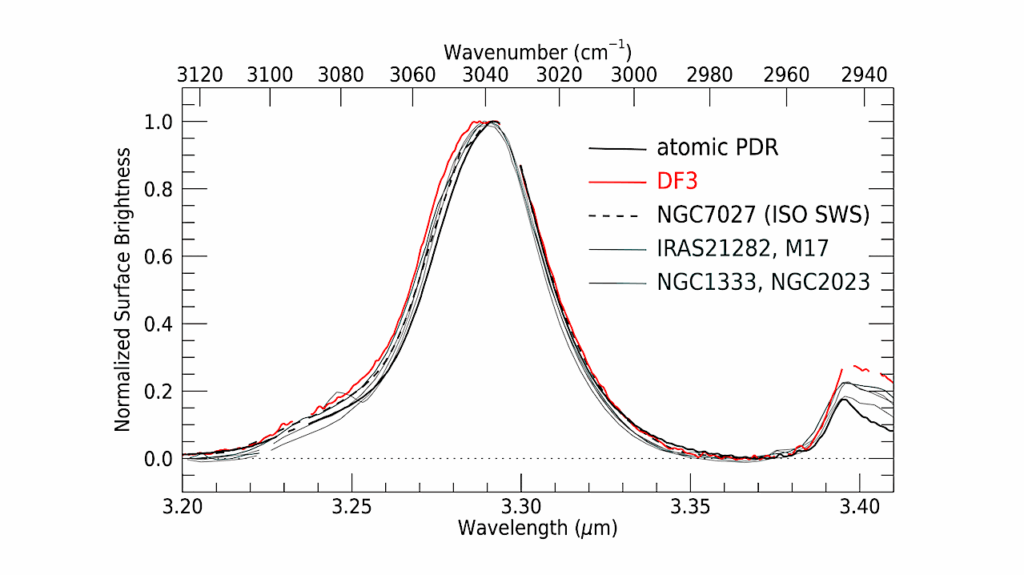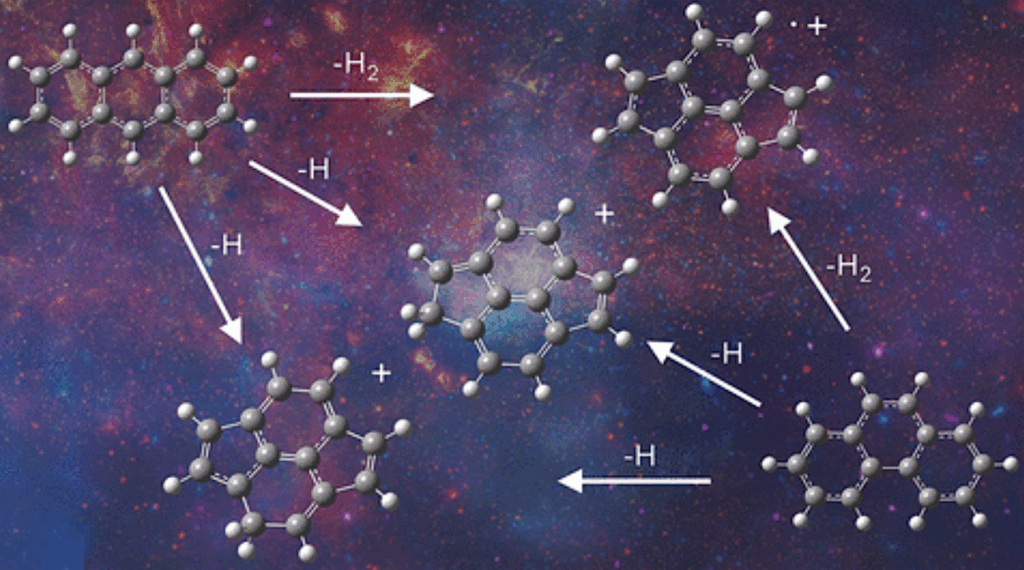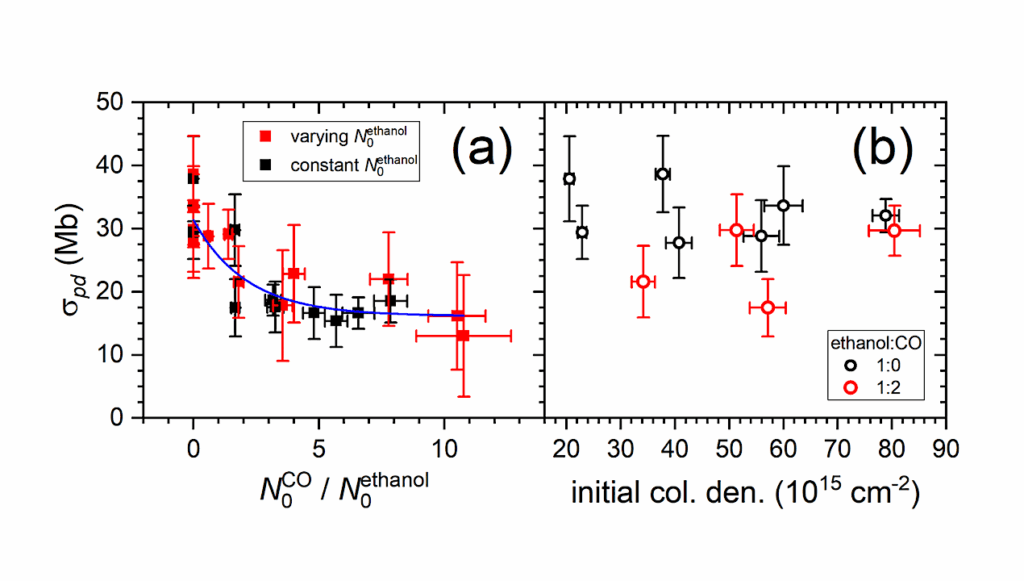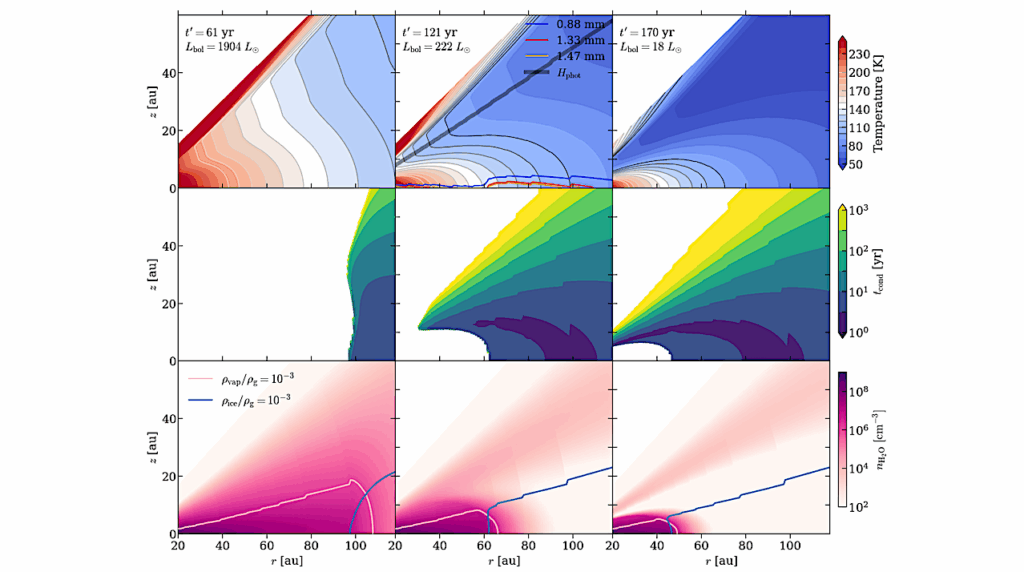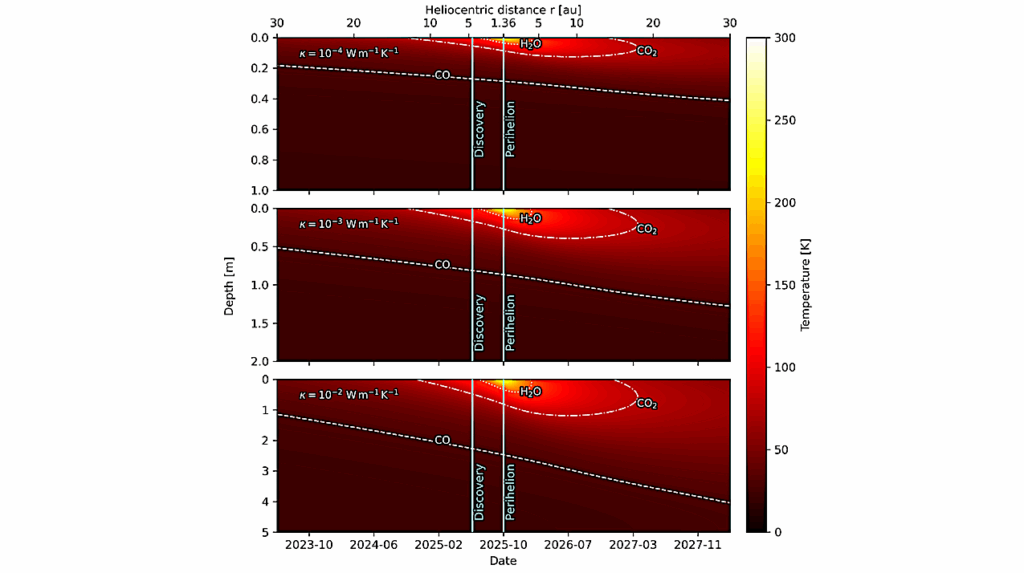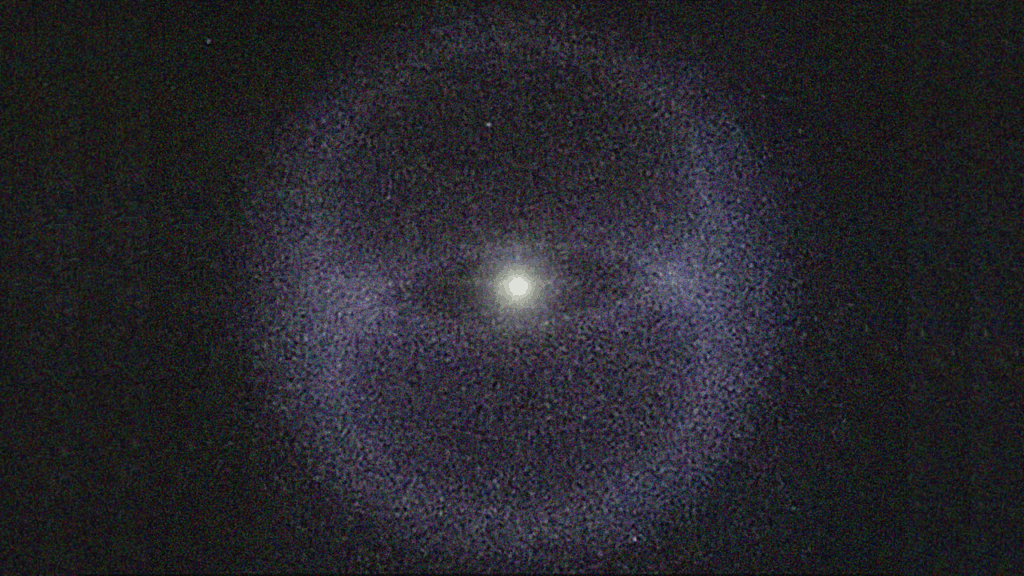The Edge-on Disk Tau042021: Icy Grains At High Altitudes And A Wind Containing Astronomical PAHs
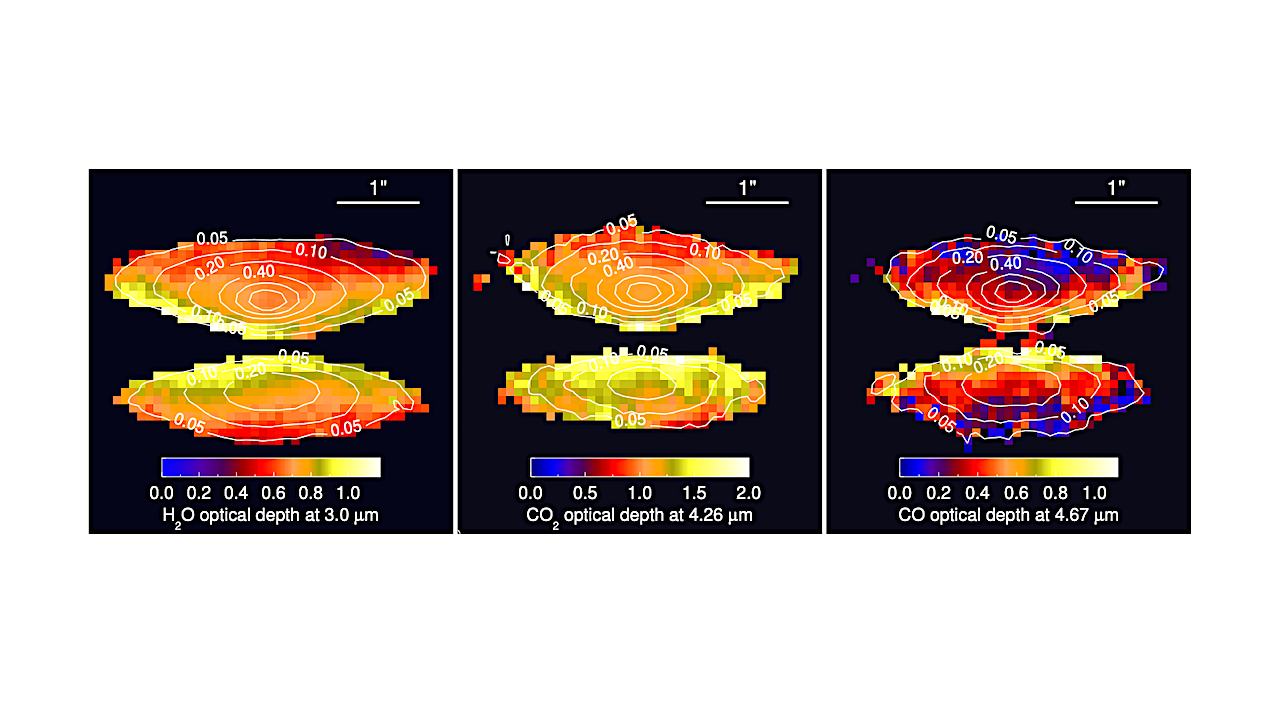
Spectra of the nearly edge-on protoplanetary disks observed with the JWST have shown ice absorption bands of varying optical depths and peculiar profiles, challenging radiative transfer modelling and our understanding of dust and ice in disks.
We build models including dust grain size, shape, and composition to reproduce JWST IFU spectroscopy of the large edge-on disk Tau042021. We explore radiative transfer models using different dust grain size distributions, including grains of effective radii a_eff = 0.005-3000 microns. Scattering properties of distributions of triaxial ellipsoidal grains are calculated.
We consider compositions with silicates, amorphous carbon, and mixtures of H2O, CO2, and CO. We use RADMC-3D Monte Carlo radiative transfer models of Tau042021 to simulate the spectral cubes observed with JWST-NIRSpec and MIRI. We compare the results to observations, including H2O at 3.05 microns, CO at 4.67 microns, and CO2 at 4.27 microns and to archival JWST-NIRCam and ALMA continuum images.
The observed near- to mid-infrared imply dust distributions with grain sizes up to several tens of microns. The intensity distribution perpendicular to the disk exhibits emission profile wings extending into the upper disk atmosphere at altitudes exceeding the classical scale height expected in the isothermal hydrostatic limit.
We produce ice map images demonstrating the presence of icy dust grains up to altitudes high above the disk midplane, more than three hydrostatic equilibrium scale heights. We demonstrate the presence of a wind containing the carriers of astronomical PAH bands.
The wind appears as an X-shaped emission at 3.3, 6.2, 7.7 and 11.3 microns, characteristic wavelengths of the infrared astronomical PAH bands. We associate the spatial distribution of this component with carriers of astronomical PAH bands that form a layer of emission at the interface with the H2 wind.
E. Dartois, J. A. Noble, M. K. McClure, J. A. Sturm, T. L. Beck, N. Arulanantham, M. N. Drozdovskaya, C. C. Espaillat, D. Harsono, M.-E. Palumbo, Y. J. Pendleton, K. M. Pontoppidan
Comments: Accepted for publication in Astronomy and Astrophysics
Subjects: Earth and Planetary Astrophysics (astro-ph.EP); Solar and Stellar Astrophysics (astro-ph.SR)
Cite as: arXiv:2503.24309 [astro-ph.EP] (or arXiv:2503.24309v1 [astro-ph.EP] for this version)
https://doi.org/10.48550/arXiv.2503.24309
Focus to learn more
Submission history
From: Emmanuel Dartois
[v1] Mon, 31 Mar 2025 16:56:16 UTC (4,558 KB)
https://arxiv.org/abs/2503.24309
Astrobiology,
Astrobiology
Resurrection of a diatom after 7000 years from anoxic Baltic Sea sediment, The ISME Journal (open access)


